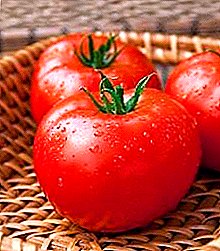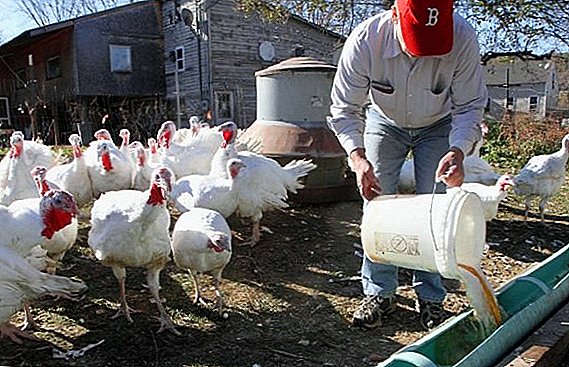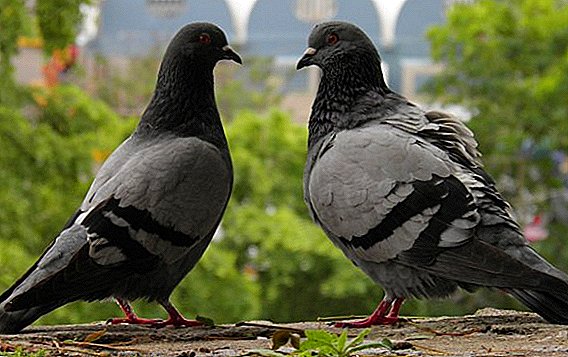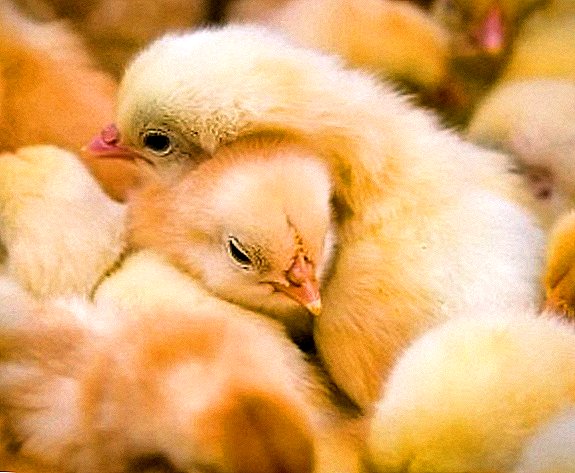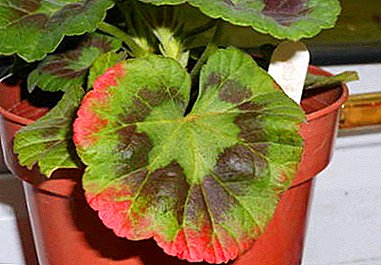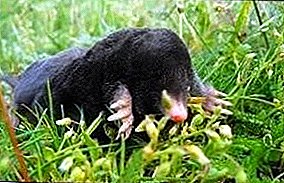
When spring comes, a lot of work is added to the summer residents in their backyards and gardeners in their gardens.
The revival of nature, warm sunny days and young shoots of fruit and vegetable crops rising to the light require special attention.
But spring is relevant not only for summer resident. Spring begins natural activity of many animalsincluding those which bring harm cultivated country plots and gardens.
Among such animals - well-known moles. Having found on the site the characteristic mounds of fresh land, each normal owner seeks to solve this problem as soon as possible.
 With body length average 15 cm a mole usually weighs about 130 g. It lives and feeds almost all the time underground.
With body length average 15 cm a mole usually weighs about 130 g. It lives and feeds almost all the time underground.
In this case, as a rule, constantly digging moves and mink, very quickly creating whole networks of moves in several tiers. It is the land that is most suitable for the cultivation of crops, he loves. And it is on such lands and there is a "clash of interests" of the person and the mole.


Soil damage
Experienced gardeners and farmers are well aware that if a couple of small earth piles appeared on their site - the first visible signs of the presence of the described mammals, it is necessary to act immediately, quickly and decisively.
While the mole resides in the territory in the singular, it is not very dangerous. But if you delay, very soon - in a few days! - already a whole mole family can turn an even beautiful lawn into strongly and randomly dug territory.
Meanwhile loss of attractive landscapeAlthough the thing itself is also unpleasant is only part of a serious problem. For farming and harvest, the mole invasion can have far more catastrophic consequences.
What can cause these small, blind, but energetic and voracious little animals?
As mentioned above, moles are constantly digging their endless moves (up to 15-20 new meters per day!) In search of new and new food and to create safe places for their offspring.
And although they do not eat, as some gardeners mistakenly believe, roots and branches, they cause serious damage to the plants with their many holes.
- The fact is that they lead the digging in the upper layers of the soil, often among the roots and trunks of garden crops and trees. The roots either are pushed up or they are “in the emptiness” of the mole move and because of this they start to dry.Thus, these mammals can destroy a lot of fruit trees, shrubs, vegetables and berry crops in a relatively short period.
- But this is not the unconscious sabotage of the black animal. Recycling a huge amount of soil, he mixes low fertility soil with high fertility surface soil.
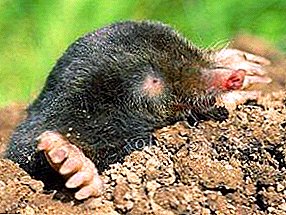 Simultaneously he is actively eating earthworms - fighters harmful nematode microorganisms. As a result, the population of "raincoats" that contribute to the improvement of soil fertility, is greatly reduced, and the soil in this place gradually becomes impoverished.
Simultaneously he is actively eating earthworms - fighters harmful nematode microorganisms. As a result, the population of "raincoats" that contribute to the improvement of soil fertility, is greatly reduced, and the soil in this place gradually becomes impoverished.- Another harm of moles is their characteristic earthen mounds on the surface of the site. As already mentioned, these signs of their indefatigable life strongly spoil the appearance of the territory. This is especially noticeable on well-groomed decorative lawns, tennis courts or in the park area.
- But even in cases when it comes to farm management, such frequent hills of the land are very detrimental to the process. After all It is very difficult and expensive to use special agricultural equipment on a heavily dug, uneven ground due to bumps. and fixtures.
- To these "faults" should be added that dug Mole moves are enjoyed by field rodents. - mice and rats.
- Finally, moles can carry on themselves various parasites, fleas and ticks, as well as to be carriers of dangerous infectious diseases.
What are their benefits?
Along with the obvious harm from moles to the soil, they also bring some benefits. The list of positive includes such moments:
- Moles eat not only useful earthworms, but also harmful insects and their larvae, small field mice;
- enrich the soil with nitrogen-based chemical compounds;
- Moles are distinguished by valuable fur, which is actively used by humans in industrial fur blanks.
And at the same time, it is always necessary to remember that the mole, like any other living creature on Earth, fulfills its objective role and occupies its natural niche.


 Simultaneously he is actively eating earthworms - fighters harmful nematode microorganisms. As a result, the population of "raincoats" that contribute to the improvement of soil fertility, is greatly reduced, and the soil in this place gradually becomes impoverished.
Simultaneously he is actively eating earthworms - fighters harmful nematode microorganisms. As a result, the population of "raincoats" that contribute to the improvement of soil fertility, is greatly reduced, and the soil in this place gradually becomes impoverished.


